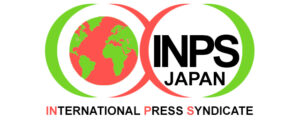58 years after the creation of the world's first Nuclear-Weapon-Free Zone, the 33 States of Latin America and the Caribbean reaffirm their commitment to contribute to the global effort to rid the world of this weapon of mass destruction.
By Guillermo Ayala Alanis.
Fifty-eight years ago, the world’s first Nuclear-Weapon-Free Zone emerged in Latin America and the Caribbean as a response to one of the most frightening episodes of the Cold War: the ‘missile crisis’ that in 1962 almost triggered a nuclear conflict between the United States and the Soviet Union.|SPANISH|JAPANESE|
In view of the precedent, at the initiative of Mexico, diplomats from Bolivia, Brazil, Chile and Ecuador worked together to create the world’s first Nuclear Weapons Free Zone (NWFZ). After several years of negotiation, on 14 February 1967, the Treaty for the Prohibition of Nuclear Weapons in Latin America and the Caribbean, also known as the Treaty of Tlatelolco, was signed, guaranteeing that no nuclear weapons would be developed, produced, stockpiled, possessed or used in the region.
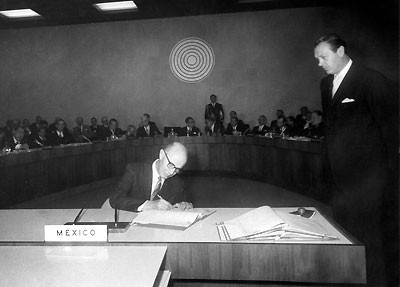
The diplomatic and multilateral efforts of that time have left a legacy of regional security that is now enjoyed by 657 million people living in Latin America and the Caribbean, according to World Bank data.
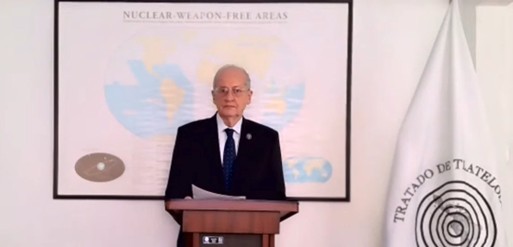
At a commemorative event marking the 58th anniversary of the Treaty of Tlatelolco, OPANAL Secretary General Ambassador Flávio Roberto Bonzanini emphasised that this year’s commemoration is relevant in the face of scepticism about working together ‘where international cooperation, multilateral instruments and diplomacy face constant questioning’. At a ceremony held at OPANAL headquarters in Mexico City, Ambassador Bonzanini also said that it should not be forgotten that ‘our treaty, as well as the Latin American and Caribbean Nuclear-Weapon-Free Zone emerged in a context of high tension… so we reaffirm our commitment to keep our region free of Nuclear Weapons and even more to contribute to the global effort to rid the world of this weapon of mass destruction’.
Eduardo Jaramillo, in his capacity as current chair of the OPANAL Council of Member States, stressed the importance of the Latin American and Caribbean NWFZ to serve as an example and inspiration for the creation of four other similar regions in the world, in addition to Mongolia’s commitment.
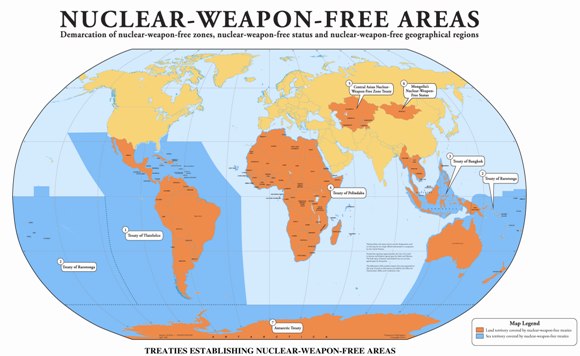
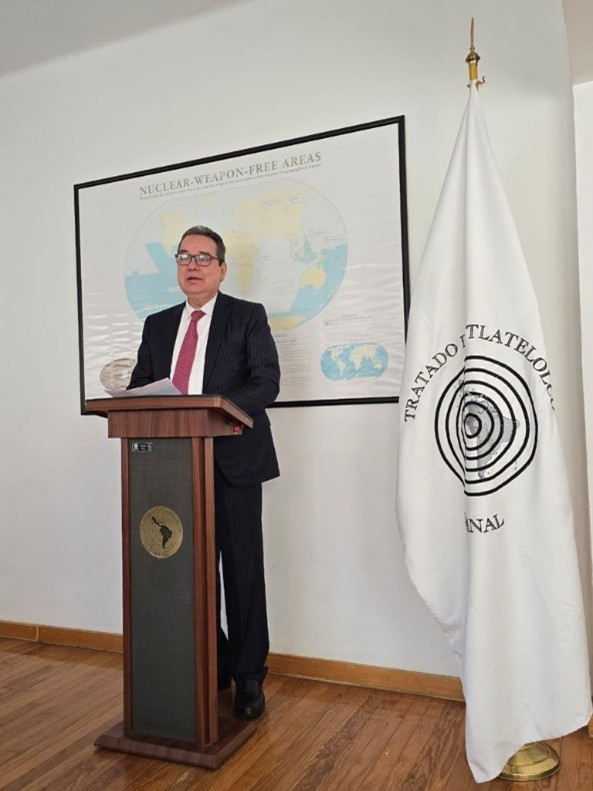
On behalf of the 33 OPANAL member states, Jaramillo also reiterated concern about the international situation in the face of the ‘growing threat, explicit or veiled, of the use of nuclear weapons’; he assured that NWFZs promote regional and international peace and security and said that these zones ‘represent a step towards general and complete disarmament under effective international control. They therefore encourage the establishment of new nuclear-weapon-free zones.
OPANAL’s 54th anniversary ceremony also served to announce the winner of the first edition of the ‘Antonio Augusto Cançado Trindade Prize for Nuclear Disarmament and Non-Proliferation’.
The winners were Elizabeth Mendenhall and José Luis Rodríguez for their work entitled ‘Nuclear Weapon-Free Zones and the Issue of Maritime Transit in Latin America’ which refers to an investigation on the impact of the Treaty of Tlatelolco on maritime transit.
In his intervention, José Luis Rodríguez, commented that the interest in the research emerged because they found that the NWFZ of Latin America and the Caribbean does not restrict the maritime transit of nuclear weapons and highlighted that ‘there is growing literature that analyses contributions of developing countries to the global nuclear order’ and said that the article ‘is one more insight to this literature that is growing and, in our view, is improving the explanations we have to understand the contributions of developing countries to the global nuclear order’.
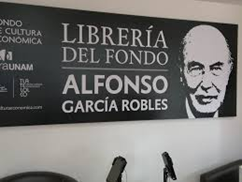
Meanwhile, Elizabeth Mendenhall said the two continue to work on research that ‘can show a way for countries to expand the coverage of Nuclear-Weapon-Free Zones in sea space and, at the same time, investigate the agency and leadership of non-nuclear-weapon states in creating treaties to control them.
The signing of the Treaty of Tlatelolco is important to be remembered by the authorities and the people of Mexico and Latin America, an example of which is that on the occasion of its 58th anniversary, a talk entitled ‘The Treaty of Tlatelolco. History and perspectives of the use of nuclear weapons was held in what used to be the headquarters of the Mexican Ministry of Foreign Affairs, which hosted the signing of the document in 1967.

Tlatelolco is an urban environment located in the north of Mexico City. Since pre-Hispanic times it served as an important commercial center. By the second half of the 19th century it emerged as a model housing center and the seat of Mexican diplomacy, housing the building of the Ministry of Foreign Affairs. Today the building is administered by the National Autonomous University of Mexico (UNAM), through the Tlatelolco University Cultural Centre (CCUT), which seeks to be a space that, among other objectives, helps to preserve the cultural and historical wealth of the area.
The Treaty of Tlatelolco is in force in the 33 States that make up Latin America and the Caribbean, and its creation and commitment is a clear example to demonstrate the efficiency that a policy of rejecting the proliferation of nuclear weapons can have as a guarantor of peace in large areas of the planet.
Its main promoter, the Mexican ambassador and 1982 Nobel Peace Prize winner Alfonso García Robles, is still present in Mexico’s memory by naming public schools after him, as well as a bookshop in the historic Tlatelolco building.
He can also be remembered in universities with figures in his honour at UNAM and La Salle University, to cite a few examples.
This article is brought to you by INPS Japan in partnership with Soka Gakkai International, in consultative status with UN ECOSOC.
INPS Japan


